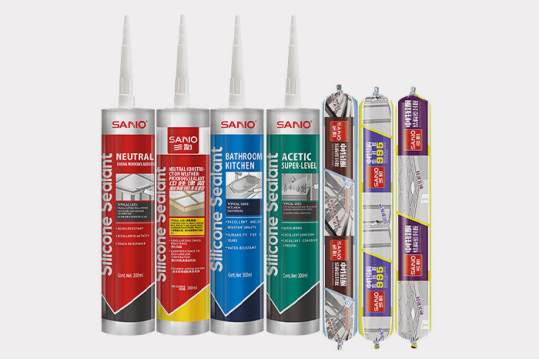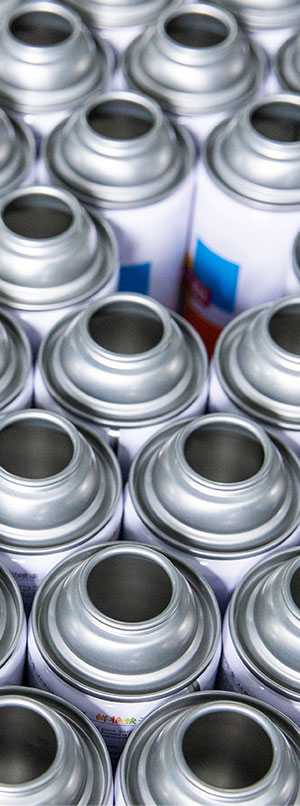Can I use silicone sealant on wet surfaces? Some people ask this question when applying it for doors or windows. In short, applying silicone on wet surfaces is generally not recommended.
Silicone requires a dry, clean surface to properly adhere and cure. If applied to a wet surface, the sealant may not bond correctly, leading to poor adhesion and potential failure of the seal. Now, let’s learn more details.

What Is Silicone Sealant?
Silicone sealant is a flexible and waterproof material. It is often used to seal gaps, joints, and seams in construction and repair projects. People commonly use it to seal windows, doors, bathtubs, sinks, and other areas where water resistance is important.
Why Can’t You Put Silicone on Wet Surface
Applying silicone sealant on a wet surface should be strongly avoided. The presence of moisture can interfere with the sealant’s ability to bond effectively, leading to weak adhesion and potential failure of the seal.
This compromised bonding can result in leaks or gaps, reducing the effectiveness of the sealant and necessitating reapplication. To ensure a strong, durable seal, it’s crucial to apply silicone only on clean, dry surfaces.

How to Apply Silicone Sealant
(1) Start by thoroughly cleaning the surface to remove dirt, grease, and any other contaminants. Ensure the surface is completely dry before applying the sealant.
(2) If there is old caulk or any loose, flaking material, carefully remove it to create a clean base for the new silicone sealant.
(3) Use masking tape to cover areas adjacent to the joint or seam you are sealing. This will help achieve clean, straight lines and prevent the sealant from spreading to unwanted areas.
(4) Load the silicone sealant tube into a caulking gun. Place the nozzle at the starting point of the seam and slowly drag it along the joint, applying even pressure to ensure a consistent bead of sealant.
(5) Let the silicone sealant dry. The tack-free time ≤ 12 minutes(full curing time ≤48 hours).
Watch our teaching video about how to apply silicone sealant.
Conclusion
Silicone sealant should generally not be used on wet surfaces, as it requires a dry, clean base to achieve proper adhesion and curing. Applying silicone to a damp surface can result in poor bonding, leading to potential failures and reduced effectiveness of the seal. Find high-quality silicone sealants at SANVO.
